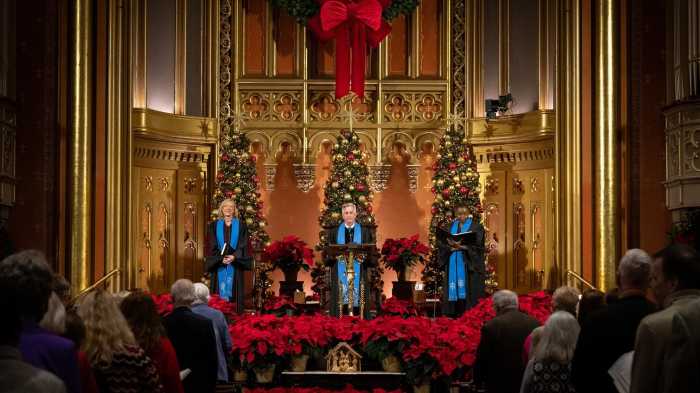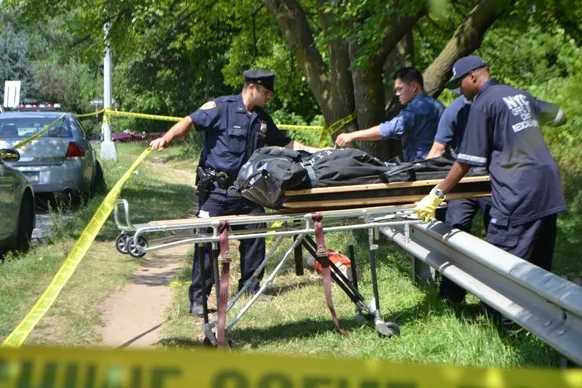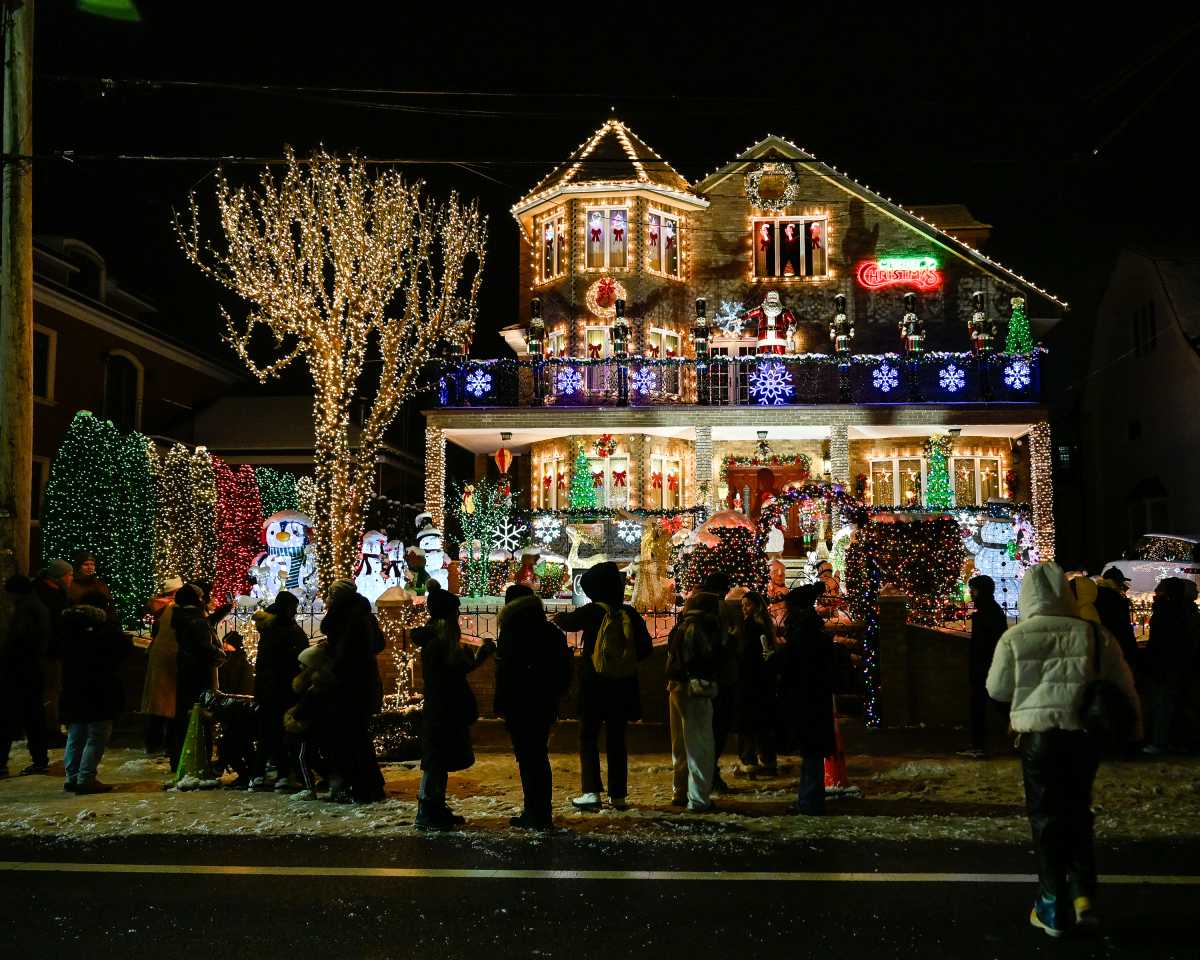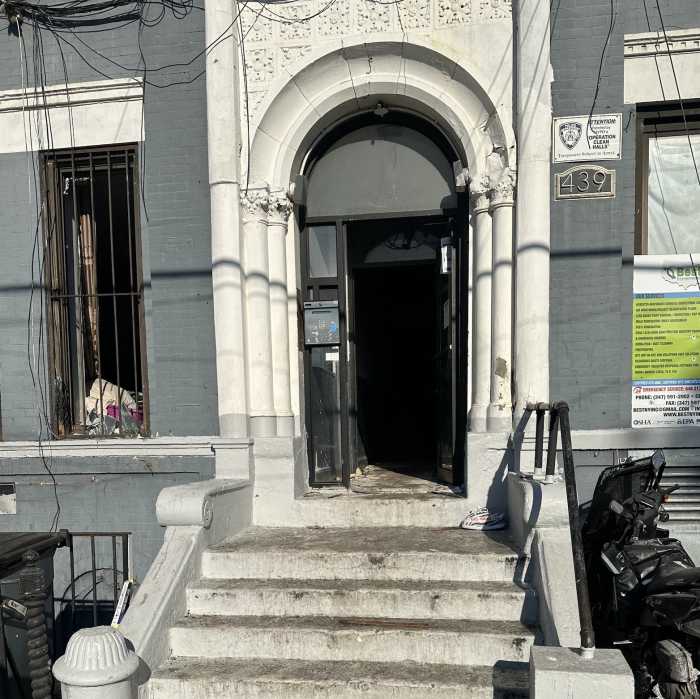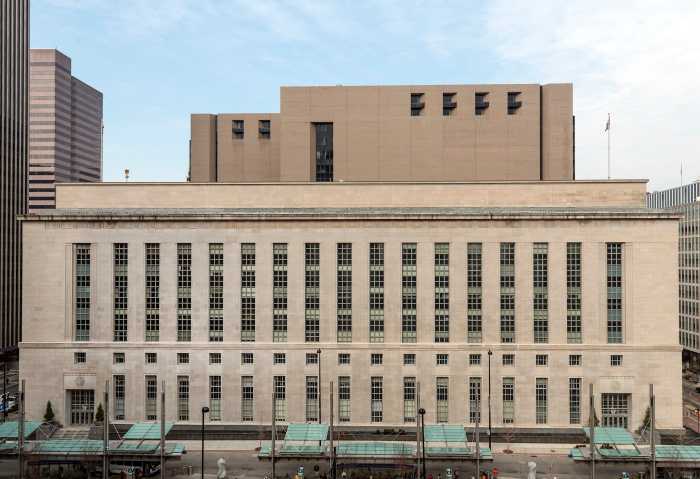By Michael Rosen
These days, on the surface, the concerns facing our Lower East Side/East Village neighborhood are those facing all neighborhoods in New York, the state, the nation and beyond. ¡°It¡¯s been a very good year¡± can¡¯t be true in a debilitating economy with so many losing jobs and savings, homes and businesses, threatened in supporting ourselves and families.0„2
We temper our objectives with these understandings.
The East Village Community Coalition is proud to have pioneered the zoning change that became law at the end of 2008.0„2David McWater, all of Community Board 3 and especially the 197 Zoning Committee, Councilmember Rosie Mendez and her chief of staff, Lisa Kaplan, the members of LESCAZ, the Department of City Planning and hundreds of community members who spoke at open forums through three years engaged in a process of true dialogue and compromise. They refused to let that process be derailed by last-minute efforts of slander for myopic interest against what was always transparent and obviously for the public weal.0„2
The zoning change was crucial to maintain diversity within our community0„2¡ª all too often a Sisyphean effort.0„2Whether inclusionary zoning (¡°I.Z.¡±) bonuses result in the construction of new affordable housing remains to be seen. But the interests of landlords to empty occupied apartment buildings, including rent-stabilized apartments, in order to0„2construct larger buildings, no longer exists0„2¡ª except in those corridors insisted upon by0„2City Planning0„2(e.g. Houston St., Avenue D, Delancey St. and to a lesser extent in lower-density I.Z. corridors), and we hope displacement is minimal there.
E.V.C.C.¡¯s Get Local shopping guide to locally owned stores was distributed again this past shopping season, and we look forward to updating the next edition.0„2
But policy toward local retail is warranted:0„2The time has come for formula retail zoning in the East Village. We shouldn¡¯t be lulled into a false complacency that the economic downturn will dampen the spread of franchises, chain0„2and big-box stores.0„2Virgin Megastore and Circuit City are both shuttering, contiguous behemoth spaces in the Related Companies building on the south side of 14th St., running the full block from Broadway to0„2Fourth Ave.0„2 The Villager and the New York Post both report that Wal-Mart, friend of mom-and-pop stores everywhere, benefactor of cohesive Downtowns and Main Streets across America, is shopping these spaces.0„2No good for our neighborhood can come from this. America¡¯s tendency to be lulled into the myth of cheaper prices, neglecting the cost of community, is the retail equivalent, as it were, of the Tragedy of the Commons.
Of course, our most immediate threat is not a Wal-Mart, but another corner Dunkin Donuts, Subway, Max Brenner Chocolate by the Bald Man where there is none, Australian Home Made Ice Cream made in no one¡¯s home, ersatz attempts at reproducing the cohesion of community while we live in a perfectly healthy one already, where the next-door store can accept a package or look after your child for an emergency moment when none of these chains inhabiting that simulacrum of ¡°local¡± ever could.
We do not anticipate0„2formula retail zoning0„2soon reaching Union Square, but trust0„2City Planning0„2has the vision now to enact a0„2formula retail zoning appropriate to New York in the still-diversified, commercially unique parts of our community where it is necessary, before the destruction from that juggernaut creep of mallification.0„2Our city councilmember, Rosie Mendez, understands this issue, as we trust Community Board 3 also will.0„2 Franchises, chains and big-box stores arose in an America rushing toward suburbanization, pulled forward in its youthful enrapture with the automobile.0„2We are not in that world.
The anomie attendant to suburbanization includes at least in part that repetition of the same few storefronts across the nation¡¯s landscape, achieving a facelessness many of us living in the Lower East Side hope to avoid.0„2Wisdom necessitates a collective consideration of how we wish to live.0„2 Policy is the vehicle to achieve that choice ¡ª pointing now to formula retail zoning in the Lower East Side to preserve the diversity here before it passes.
Wisdom also dictates a maturation of our urban transportation policy past our affair with the automobile.0„2With industry lobbying and a libido-stoking of image ¡ª the automobile at the nexus of identity and security ¡ª this one particular product has come to control at least two-thirds of the public space from the end of one property lot line to the beginning of its opposite across the street.0„20„2 Pedestrians and bicyclists, save for defiance or delusion, don¡¯t regularly occupy the middle of the street.0„2We give free nighttime living space to the automobile, nee the parking place, but not the same free living space to our citizens or any other of our possessions ¡ª unless they¡¯re inside our cars.0„2
Just as it is time for formula retail zoning, it is time for shared streets, a restructuring of our roads to afford equal access for people in cars and trucks and on bicycles, skateboards, rollerblades and0„2other human-propelled transport and on foot.0„2Safe streets should dominate our neighborhood.0„2In partnership with Transportation Alternatives, E.V.C.C. is working to achieve a transportation plan appropriate for our vibrant, low-scale, urban community, and will work with the community to build support and understanding so a farsighted plan is adopted and turned, in time, to physical reality.0„2
It is also our goal to build a greater understanding of and support for affording deserving buildings and districts protection through landmark designation.0„2Local churches and synagogues are among our oldest, most historic, socially and architecturally significant buildings. Yet, with aging congregants, and the peripatetic demographics of established immigrant community within neighborhood transition, an increasing number of congregations seem to lack sufficient operating funds, and their leaders turn to what seems simple without realizing the devil in the bargain: Partnering with real estate developers to generate quick funds by building housing ¡ª demolishing or significantly changing their landmark-worthy buildings.0„2The funding issues facing these churches and synagogues are real; yet the means to perpetuate vibrant congregations cannot be through the destruction of buildings their leaders and congregants are merely stewards of.0„2 Efforts have begun and must continue with Community Board 3, our city councilmember¡¯s office, all other locally elected officials, local clergy, involved congregants and concerned neighbors to explore conventional and innovative funding, and, simultaneously, to better understand landmark protection for the sacred sites of which we all should be stewards.
The current owner of the old P.S. 64, former CHARAS/El Bohio, has lost case after legal case this past year in various attempts intended, we believe, to undermine the protection of landmark designation.0„2This building remains landmarked, yet garbage collects around it on the street, and the tarps covering the denuded dormers along its 10th St. side remain ripped, and the raw brick beneath them exposed to each rain and snow.0„2The Landmarks Preservation Commission0„2has sent two warning letters to the current owner and could levy fines, yet does not. The current owner leaves the dormer tarps ripped, tens of windows broken, trees growing into ledges where sufficient soil has collected, and similarly allows whatever other demolition-through-deterioration to progress.0„2We hope L.P.C. does cause the building to be protected from such demolition ¡ª as it is obliged to do but remains unwilling to do.
We similarly hope that any and all institutions of education ¡ª relying on the public weal as nonprofit organizations do, receiving federal, if not state, support and therefore our tax contributions ¡ª choose never to participate in the destruction of our community by housing students in a building which once served and should again serve the palpable needs of our community as its center.0„2
We hope every person young among us, of all ages, rides with us in the upcoming Third Annual Lower East Side Kids¡¯ Art Bike Parade in October.
A short film from E.V.C.C. about0„2formula retail zoning0„2can be seen at: https://www.vimeo.com/3113534
An even shorter film from E.V.C.C. presenting last year¡¯s Art Bike Ride can be seen at: https://www.vimeo.com/2448954
Both films were made by Nick Whitaker, and we are grateful to him for doing so.
We are, beyond all else, grateful to you, our neighbors, for living in this most precious place.0„2 0„2
0„2
Rosen is a founder, East Village Community Coalition













